Home>Garden Essentials>Garden Storage>Enclosed Garden Structures For A Cozy Backyard Retreat
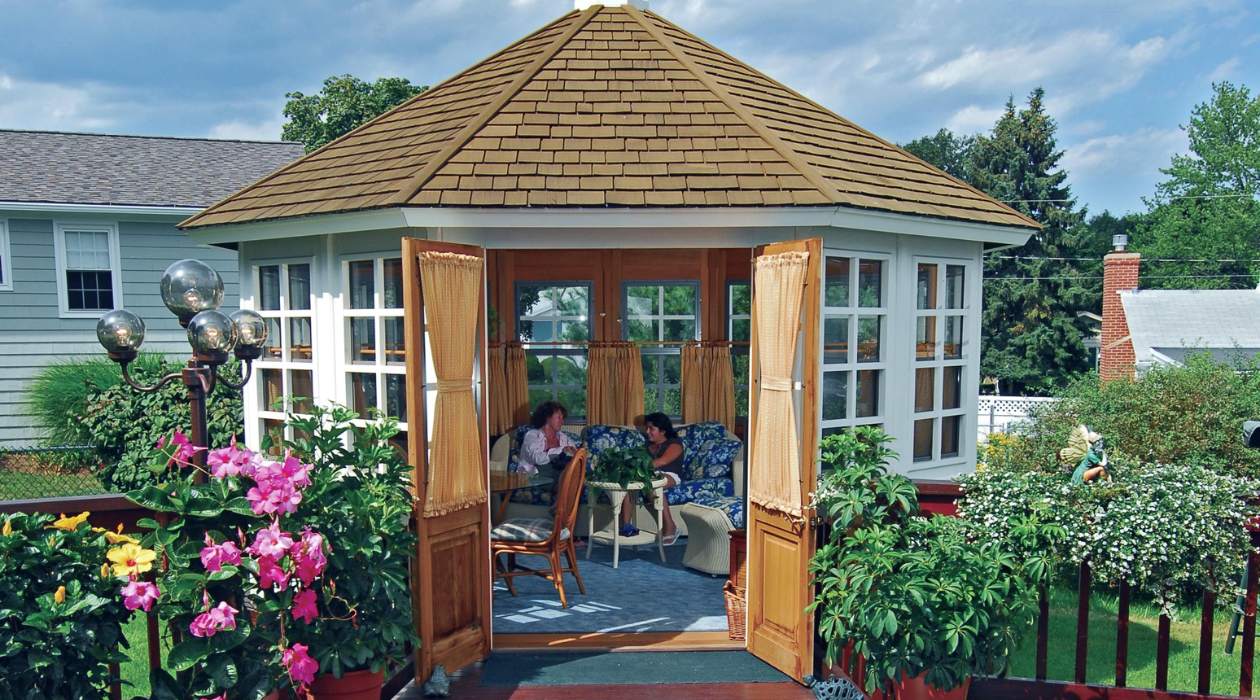

Garden Storage
Enclosed Garden Structures For A Cozy Backyard Retreat
Modified: January 6, 2024
Create a cozy backyard retreat with our enclosed garden structures, perfect for storage and creating a tranquil space to relax.
(Many of the links in this article redirect to a specific reviewed product. Your purchase of these products through affiliate links helps to generate commission for Storables.com, at no extra cost. Learn more)
Introduction
Welcome to the world of enclosed garden structures, where creativity meets functionality to create a cozy backyard retreat. Whether you’re looking for a private oasis to unwind after a long day or a versatile space for entertaining guests, enclosed garden structures offer the perfect solution. These structures, such as gazebos, pergolas, and sunrooms, not only add beauty and charm to your outdoor space, but also provide numerous benefits and opportunities for customization.
Imagine stepping into your backyard and being greeted by a charming gazebo nestled amidst lush greenery or a stylish pergola adorned with fairy lights and climbing vines. These structures not only enhance the aesthetic appeal of your garden but also offer a multitude of practical benefits. They provide protection from the elements, allowing you to enjoy your outdoor space regardless of the weather. Whether it’s a sun-drenched summer afternoon or a drizzly autumn evening, an enclosed garden structure creates a comfortable sheltered area for you to relax and unwind.
One of the key advantages of enclosed garden structures is their versatility. They can serve multiple purposes depending on your needs and preferences. You can transform these structures into outdoor dining areas, meditation spaces, reading nooks, or even home offices. The options are limitless, and you can truly personalize your outdoor space to suit your lifestyle.
Choosing the right type of garden structure is crucial to ensure it complements your overall garden design and meets your functional requirements. Gazebos are popular options for creating a focal point in the garden and providing an open-air gathering space. Pergolas, on the other hand, add an architectural element and serve as a framework for climbing plants. For those looking for a fully enclosed space, sunrooms or conservatories are the perfect choice, providing a seamless transition between indoor and outdoor living.
When it comes to building materials, there is a wide range of options available, each with its unique characteristics and visual appeal. Wood is a popular choice for its natural beauty and versatility, while metal structures offer durability and a modern aesthetic. For a low-maintenance option, consider vinyl or composite materials that mimic the look of wood without the need for regular upkeep.
Key Takeaways:
- Create a versatile outdoor oasis with enclosed garden structures like gazebos and pergolas, offering shelter, privacy, and increased property value. Personalize your space and enjoy year-round comfort and relaxation.
- Select suitable plants and integrate functional elements to enhance the cozy ambiance of your enclosed garden structure. Regular maintenance ensures a thriving and inviting outdoor retreat for years to come.
Read more: Create A Tropical Retreat In Your Backyard
Benefits of Enclosed Garden Structures
Enclosed garden structures offer a plethora of benefits that can enhance your outdoor living experience. Let’s explore some of the key advantages:
- Shelter from the Elements: One of the primary benefits of enclosed garden structures is the protection they provide from the elements. Whether it’s a scorching summer day or a sudden downpour, these structures offer a sheltered space where you can enjoy the outdoors without being exposed to extreme weather conditions.
- Extended Outdoor Living: With an enclosed garden structure, you can extend the usability of your outdoor space throughout the year. Whether it’s a cozy gazebo or a fully enclosed sunroom, these structures allow you to enjoy your garden even during colder months or unfavorable weather conditions.
- Privacy and Seclusion: An enclosed garden structure provides a private retreat where you can escape from the outside world. Whether you desire a quiet reading nook or a space to meditate, these structures offer a secluded area where you can relax and unwind in peace.
- Increased Property Value: Adding an enclosed garden structure to your property can significantly increase its value. These structures add visual appeal, functionality, and versatility, making your home more attractive to potential buyers in the future. Whether you’re planning to sell or not, investing in a garden structure is a valuable long-term addition to your property.
- Versatile Usage: Enclosed garden structures are incredibly versatile, allowing you to use them for various purposes. You can transform them into outdoor dining areas, BBQ spaces, yoga studios, artist studios, or even home offices. The possibilities are endless, and you can tailor the structure to suit your specific needs and lifestyle.
- Enhanced Aesthetic Appeal: These structures add a touch of elegance and charm to any garden. Whether it’s a rustic wooden gazebo or a sleek modern sunroom, these structures become architectural focal points that enhance the overall visual appeal of your outdoor space.
- Protection for Plants and Furniture: Enclosed garden structures not only protect you from the elements but also shield your plants and outdoor furniture. Whether it’s excessive sunlight, heavy rain, or strong winds, these structures provide a safe environment for your plants to thrive and keep your furniture protected from wear and tear.
- Opportunity for Personalization: With enclosed garden structures, you have the opportunity to infuse your personal style and creativity. From choosing the design and materials to adding decorative elements and landscaping, these structures become a canvas for your unique vision, allowing you to create a space that reflects your personality and taste.
With their practical benefits and visual appeal, enclosed garden structures are a valuable addition to any outdoor space. They not only create a cozy retreat for relaxation but also provide a versatile and functional area that can be enjoyed all year round.
Choosing the Right Type of Structure
When it comes to enclosed garden structures, there are various options available, each with its own unique characteristics and benefits. Choosing the right type of structure is essential to ensure it complements your garden design and meets your specific needs. Here are some factors to consider when selecting the perfect structure:
- Functionality: Determine how you plan to use the enclosed structure. Are you looking for a cozy seating area, a place to entertain guests, or a versatile space that can serve multiple purposes? Understanding the intended function will help you narrow down your options and choose the most suitable structure.
- Garden Design and Theme: Consider the overall design and theme of your garden. You want the enclosed structure to blend seamlessly with the existing aesthetic. Whether your garden has a rustic, modern, or tropical theme, select a structure that complements and enhances the visual appeal of your outdoor space.
- Size and Space: Evaluate the available space in your garden and consider how much room you’re willing to allocate for the enclosed structure. Whether you have a small or spacious garden, there are structures available in various sizes, from compact gazebos to expansive sunrooms. Ensure the structure you choose fits harmoniously within your garden without overwhelming the space.
- Architectural Style: Take into account the architectural style of your home. Choosing a garden structure that harmonizes with the architectural elements of your house will create a cohesive and visually appealing overall design. Whether you have a traditional, contemporary, or Mediterranean-style home, select a structure that complements its design.
- Maintenance Requirements: Consider the level of maintenance you’re willing to commit to. Some materials require regular upkeep, such as wood that needs staining or sealing, while others like vinyl or composite materials are low-maintenance options. Factor in your time and resources to choose a structure that suits your maintenance preferences.
- Budget: Set a budget for your garden structure project. The cost of enclosed garden structures can vary depending on the materials, design complexity, and size. Determine a budget range and explore options within that range to find a structure that meets your financial requirements.
By taking these factors into consideration, you can make an informed decision and choose the right type of enclosed garden structure for your backyard. Remember, it’s not just about functionality; it’s also about finding a structure that harmonizes with the overall aesthetics of your garden and suits your personal style and preferences.
Building Materials for Enclosed Garden Structures
When it comes to choosing materials for your enclosed garden structure, there are several options available, each with its own unique characteristics, durability, and visual appeal. Selecting the right building materials is crucial to ensure the longevity and aesthetics of your structure. Here are some popular building materials to consider:
- Wood: Wood is a classic and versatile option for enclosed garden structures. It offers natural beauty, warmth, and a timeless appeal. Popular choices include cedar, redwood, and pine. Wood can be stained, painted, or left unfinished to showcase its natural grain. It is important to note that wood requires regular maintenance such as sealing or staining to protect it from weathering and insect damage.
- Metal: Metal structures, such as steel or aluminum, provide durability and a modern aesthetic. They are resistant to rot, warping, and insect damage. These structures can be powder-coated in various colors to suit your design preferences. Metal structures are known for their strength and longevity, requiring minimal maintenance over the years.
- Vinyl: Vinyl is a popular low-maintenance option for enclosed garden structures. It is resistant to rot, fading, and warping. Vinyl structures are available in a variety of styles, colors, and textures, allowing you to choose a design that matches your garden aesthetics. They require minimal upkeep, usually only requiring occasional cleaning to maintain their appearance.
- Composite Materials: Composite materials, such as wood-plastic composite (WPC), combine the appearance of wood with the durability and low maintenance of plastic. These materials are resistant to rot, mold, and insect damage. Composite structures come in various styles and colors and offer a long lifespan with minimal maintenance required.
- PVC: PVC (Polyvinyl Chloride) is commonly used for framed structures, such as pergolas or sunrooms. It is lightweight, durable, and resistant to moisture, warping, and fading. PVC structures require minimal maintenance and can be customized with different finishes and colors.
Consider the specific advantages and characteristics of each material, as well as your personal preferences and budget, when choosing the building materials for your enclosed garden structure. It is essential to select materials that not only complement your garden aesthetics but also provide the durability and longevity needed to withstand the outdoor elements.
Remember, regardless of the material you choose, proper installation and regular maintenance are key to ensuring the structural integrity and longevity of your enclosed garden structure. Consult with a professional or contractor to ensure the materials are installed correctly and to receive guidance on maintenance and care to keep your structure looking beautiful for years to come.
Popular Designs and Styles
When it comes to enclosed garden structures, there is a wide array of designs and styles to choose from. The design you select will largely depend on your personal preference, the overall aesthetic of your garden, and the intended use of the structure. To help you get started, here are a few popular designs and styles:
- Gazebo: Gazebos are a classic choice for enclosed garden structures. They typically feature a roof and open sides, providing a sheltered space for relaxation and entertainment. Gazebos come in various shapes, including octagonal, rectangular, and hexagonal, and can be made from a range of materials such as wood, metal, or vinyl. This timeless design adds elegance and charm to any garden.
- Pergola: Pergolas are an architectural structure consisting of vertical posts or columns that support an open roof grid. They are perfect for creating a shaded area and adding character to your garden. Pergolas can be freestanding or attached to a building, and they are often adorned with climbing plants such as vines or roses. This design allows for a balance of sun and shade and provides a beautiful space for outdoor dining or seating areas.
- Sunroom or Conservatory: Sunrooms or conservatories are fully enclosed garden structures that provide a seamless transition between indoor and outdoor living. These structures are designed with large windows or glass panels to allow ample natural light and scenic views. Sunrooms can be used year-round and are perfect for creating a cozy indoor space with the benefits of being surrounded by nature.
- Screened-in Porch: A screened-in porch combines the best of both worlds – the comfort of an indoor space and the beauty of the outdoors. It is enclosed with screened walls to keep out bugs and debris while still allowing for fresh air and gentle breezes. Screened-in porches offer a relaxing space to enjoy nature without the hassle of insects or harsh weather, making them ideal for lounging, dining, or entertaining.
- Greenhouse: If you have a passion for gardening or want to cultivate your own plants, a greenhouse can be the perfect enclosed garden structure. Greenhouses are designed to provide an optimal environment for plants to grow by controlling temperature, humidity, and light exposure. They come in various sizes and styles, ranging from small backyard structures to larger freestanding structures.
These are just a few of the popular designs and styles for enclosed garden structures. Each design offers its own unique benefits and visual appeal. Whether you prefer a traditional gazebo, a modern pergola, or a functional greenhouse, the key is to select a design that complements your garden aesthetics and meets your specific needs.
Consider consulting with a professional landscaper or architect who can help guide you in selecting the design and style that best suits your garden space, ensuring a harmonious and visually stunning outdoor retreat.
Consider adding a hammock or swing to your enclosed garden structure for a cozy and relaxing retreat in your backyard. It’s a great way to create a peaceful and inviting atmosphere.
Integrating Functional Elements
When designing an enclosed garden structure, it’s important to consider the functional elements that can enhance the usability and convenience of the space. Integrating functional elements not only improves the overall functionality but also adds practicality and versatility to your outdoor retreat. Here are some key functional elements to consider:
- Lighting: Proper lighting is essential for creating a cozy and inviting atmosphere in your enclosed garden structure. Consider incorporating different types of lighting, such as overhead fixtures, pendant lights, or string lights, to provide both ambient and task lighting. Additionally, adding solar-powered or low-voltage pathway lights can enhance safety and visibility outside the structure.
- Seating and Furniture: Choose comfortable and weather-resistant seating and furniture to maximize the functionality and comfort of your enclosed space. Whether you opt for cozy chairs, a dining table, benches, or ottomans, select furniture that suits your design style and accommodates the intended use of the structure. Adding cushions, throws, and outdoor pillows can further enhance the coziness and aesthetics.
- Storage Solutions: Depending on the size and purpose of your enclosed garden structure, consider incorporating storage solutions to keep the space organized. Install shelves, cabinets, or storage benches to store gardening tools, cushions, outdoor games, or other accessories. This allows you to maintain a clutter-free environment and make the most of the available space.
- Heating and Cooling: If you plan to use your enclosed garden structure throughout the year, consider incorporating heating and cooling elements. This could be a fireplace, a portable heater, or a ceiling fan. These additions ensure comfort even during chilly evenings or hot summer days, allowing you to enjoy the space regardless of the weather.
- Electrical Outlets: If you plan to use your enclosed structure for activities that require electricity, such as using laptops, charging devices, or running appliances, installing electrical outlets is essential. Place outlets strategically to ensure easy access and convenience.
- Water Features: Adding a water feature, such as a fountain or a small pond, can create a tranquil and soothing ambiance in your enclosed garden structure. The sound of running water can enhance relaxation and provide a sense of tranquility within the space.
- Privacy Enhancements: Depending on your surroundings and desired level of privacy, consider incorporating privacy enhancements such as curtains, shades, or blinds to create a more intimate and secluded atmosphere. These additions can also provide protection from the sun’s glare or undesirable views.
- Entertainment System: If you envision your enclosed garden structure as a space for entertainment, consider installing an entertainment system. This could include speakers, a television, or a sound system to enjoy music, movies, or sports gatherings with friends and family.
By integrating these functional elements into your enclosed garden structure, you can create a space that is not only visually appealing but also practical, comfortable, and tailored to your specific needs. Whether you’re looking for a peaceful retreat, a social gathering area, or a functional garden workspace, these elements will enhance the usability and enjoyment of your outdoor oasis.
Creating a Cozy Ambiance
When it comes to an enclosed garden structure, creating a cozy ambiance is key to making the space inviting and relaxing. By incorporating warm and comforting elements, you can transform your structure into a cozy retreat that can be enjoyed year-round. Here are some tips for creating a cozy ambiance:
- Soft Textiles: Incorporate soft textiles such as plush cushions, throws, and blankets to add comfort and coziness to your seating areas. Choose fabrics that are durable, weather-resistant, and inviting to touch. Opt for warm colors, soft patterns, and textures that complement the overall design of your structure.
- Warm Lighting: Choose warm lighting to create a cozy atmosphere. Avoid harsh, bright lights and opt for soft, warm hues. Use table lamps, string lights, or lanterns to create a gentle and inviting glow in the space. Lighting plays a significant role in setting the mood and ambience of your enclosed structure.
- Natural Elements: Incorporate natural elements to create a connection with the outdoors. Add potted plants, indoor gardens, or hanging baskets filled with lush greenery. Consider adding natural materials such as wood, wicker, or rattan furniture to enhance the organic feel. Bringing nature into your enclosed structure adds a sense of tranquility and serenity.
- Fireplace or Fire Pit: Adding a fireplace or fire pit can instantly create a cozy and warm atmosphere. The flickering flames and the gentle crackling sound add an element of comfort and relaxation. Gather around the fire with loved ones, roast marshmallows, or simply enjoy the comforting warmth on a cool evening.
- Ambient Music or Sounds: Set the mood by playing ambient music or sounds that evoke a sense of calmness and tranquility. Soft instrumental music, nature sounds, or gentle rain sounds can create a peaceful and relaxing ambiance.
- Aromatherapy: Incorporate scents that enhance relaxation and comfort. Use scented candles, essential oil diffusers, or potpourri with soothing fragrances such as lavender, vanilla, or citrus. The gentle aroma can instantly create a cozy and inviting atmosphere.
- Cozy Furnishings: Choose furnishings that are cozy and inviting. Opt for comfortable seating options such as plush chairs, hammocks, or rocking chairs. Add soft cushions and pillows for extra comfort. Consider incorporating a cozy reading nook or a daybed for lounging and relaxation.
- Intimate Lighting: Dim the lights or create intimate lighting pockets within the space to add to the cozy ambiance. Use candles, string lights, or lanterns strategically placed to create a warm and intimate atmosphere. Soft, diffused lighting can transform the space into a cozy haven.
By incorporating these elements, you can create a cozy ambiance within your enclosed garden structure. Whether you’re seeking a tranquil retreat or a social gathering space, infusing warmth, comfort, and soothing elements will ensure a welcoming atmosphere that can be enjoyed year-round.
Suitable Plants for Enclosed Gardens
When it comes to designing an enclosed garden structure, selecting the right plants is essential to create a lush and inviting atmosphere. While the choice of plants may depend on various factors such as light conditions, temperature, and personal preferences, here are some suitable plant options for enclosed gardens:
- Vines and Climbers: Vines and climbers are excellent choices for adding vertical greenery and creating a natural, organic vibe in your enclosed garden. Popular options include ivy, jasmine, honeysuckle, and climbing roses. These plants can be trained to grow along trellises or pergolas, adding a beautiful and aromatic touch.
- Ferns: Ferns thrive in the shaded, moist environment often found in enclosed gardens. They bring a sense of lushness and visual interest with their delicate fronds. Consider varieties such as Boston Fern or Maidenhair Fern for their graceful foliage and ability to withstand lower light conditions.
- Succulents: Succulents are hardy and adaptable plants that are well-suited for enclosed gardens. They come in various shapes, sizes, and colors, making them versatile choices for adding interest and texture. Some popular succulent options include Aloe vera, Echeveria, and Jade plants. These plants require minimal water and can tolerate drier conditions.
- Herbs and Edibles: Incorporating herbs and edible plants into your enclosed garden can serve both ornamental and culinary purposes. Some popular herb choices include basil, rosemary, mint, and thyme. Edible plants like cherry tomatoes, peppers, and salad greens can add a fresh, homegrown touch to your enclosed garden.
- Fragrant Flowers: Adding fragrant flowers to your enclosed garden can enhance the sensory experience. Select flowers such as lavender, jasmine, gardenia, or roses, and place them strategically near seating areas to enjoy their delightful scents. The aroma of these flowers will create a soothing and pleasant atmosphere.
- Bamboo: Bamboo is a fast-growing plant that can create a tropical and serene ambiance in your enclosed garden. It provides privacy and adds a vertical element to the space. Choose clumping bamboo varieties for contained growth and consider planting them in pots to prevent spreading.
- Air-Purifying Plants: Incorporating air-purifying plants can improve the air quality within your enclosed garden structure. Plants like Snake Plant, Peace Lily, and Spider Plant can filter indoor air pollutants and create a healthier environment. These plants are not only visually appealing but also contribute to a healthier and more comfortable space.
- Low-Light Plants: In enclosed gardens, lighting conditions can vary. To thrive in lower light conditions, consider plants like ZZ Plant, Pothos, or Cast Iron Plant. These plants have adapted to survive in low-light environments, making them ideal choices for enclosed spaces with limited exposure to natural light.
Before selecting plants, assess the specific conditions of your enclosed garden structure, including sunlight levels, humidity, and temperature. This will help you identify the plants that will thrive in the given environment. Additionally, consider the care requirements of each plant and ensure they align with the level of maintenance you are willing to provide.
Remember to create a harmonious composition by considering the height, color, and texture variations among the plants. This will result in an enclosed garden that is not only visually appealing but also a soothing and tranquil haven.
Maintenance and Care Tips
Maintaining and caring for your enclosed garden structure is essential to ensure its longevity and enjoyment. Here are some maintenance tips to keep your structure and plants looking their best:
- Clean Regularly: Regular cleaning helps keep your enclosed garden structure free from dirt, dust, and debris. Sweep or vacuum the floors, wipe down surfaces, and clean the windows or glass panels to maintain a tidy and inviting space.
- Inspect for Damage: Periodically inspect your enclosed garden structure for any signs of damage, such as cracks, loose or damaged components, or water leaks. Address any issues promptly to prevent further damage and ensure the safety and structural integrity of the space.
- Plant Care: Take care of your plants by providing them with proper watering, sunlight, and nutrients. Follow the specific care instructions for each plant to ensure their health and vitality. Regularly trim and prune plants to maintain their shape and encourage growth.
- Pest Control: Inspect your plants regularly for pests and take necessary measures to control them. Use natural pest control methods or organic pest repellents to avoid harmful chemicals that may affect your plants or the environment.
- Water Management: Proper watering is crucial for the health of your plants and the longevity of your enclosed garden structure. Avoid overwatering or underwatering your plants. Consider using a drip irrigation system or self-watering containers to provide consistent moisture to your plants.
- Seasonal Maintenance: Conduct seasonal maintenance on your enclosed garden structure. This may include cleaning gutters, checking for winter damage, sealing any gaps, or preparing the structure for extreme weather conditions. Prepare your plants for seasonal changes by adjusting sunlight exposure, fertilizing as needed, or providing protection from frost.
- Stain or Seal Wooden Structures: If your enclosed garden structure is made of wood, protect it from weathering by staining or sealing the wood regularly. Follow the manufacturer’s recommendations for the appropriate stain or sealer and reapply as needed to maintain the appearance and durability of the wood.
- Remove Fallen Leaves and Debris: Regularly remove fallen leaves, twigs, and other debris from both the inside and outside of your enclosed garden structure. This will help prevent clogged drainage systems and keep your space clean and welcoming.
- Apply Fertilizer: Provide your plants with regular fertilization to promote healthy growth and vibrant foliage. Choose a fertilizer that is suitable for the specific needs of your plants and follow the recommended application instructions.
- Consult with Professionals: When in doubt or if you prefer expert guidance, consult with professionals such as landscapers, arborists, or contractors. They can provide insights specific to your garden structure and offer maintenance advice tailored to your unique needs.
Remember, maintaining your enclosed garden structure is an ongoing process. By following these maintenance tips and consistently caring for your structure and plants, you can enjoy a beautiful, thriving, and inviting outdoor retreat for years to come.
Conclusion
Enclosed garden structures offer a wonderful opportunity to create a cozy and inviting retreat in your backyard. Whether you choose a gazebo, pergola, sunroom, or any other design, these structures not only enhance the aesthetics of your outdoor space but also provide numerous benefits and opportunities for customization.
By selecting the right type of structure, choosing suitable building materials, and incorporating functional elements, you can create a versatile space that meets your specific needs and complements your garden design. Adding plants that thrive in enclosed environments further enhances the beauty and tranquility of your retreat.
Maintaining your enclosed garden structure is essential to ensure its longevity and enjoyment. Regular cleaning, plant care, pest control, and seasonal maintenance are necessary to keep the space and plants healthy and vibrant. By following these maintenance tips and investing time and effort, you can create a welcoming and well-maintained outdoor oasis.
Whether you’re looking for a private sanctuary to relax and unwind or a versatile space to entertain guests, enclosed garden structures provide the perfect solution. With the right design, materials, and care, you can elevate your backyard to a whole new level and enjoy the beauty and serenity of nature right at your doorstep.
So, start envisioning your dream garden retreat, and let the magic of enclosed garden structures turn your backyard into a cozy and captivating haven.
Frequently Asked Questions about Enclosed Garden Structures For A Cozy Backyard Retreat
Was this page helpful?
At Storables.com, we guarantee accurate and reliable information. Our content, validated by Expert Board Contributors, is crafted following stringent Editorial Policies. We're committed to providing you with well-researched, expert-backed insights for all your informational needs.

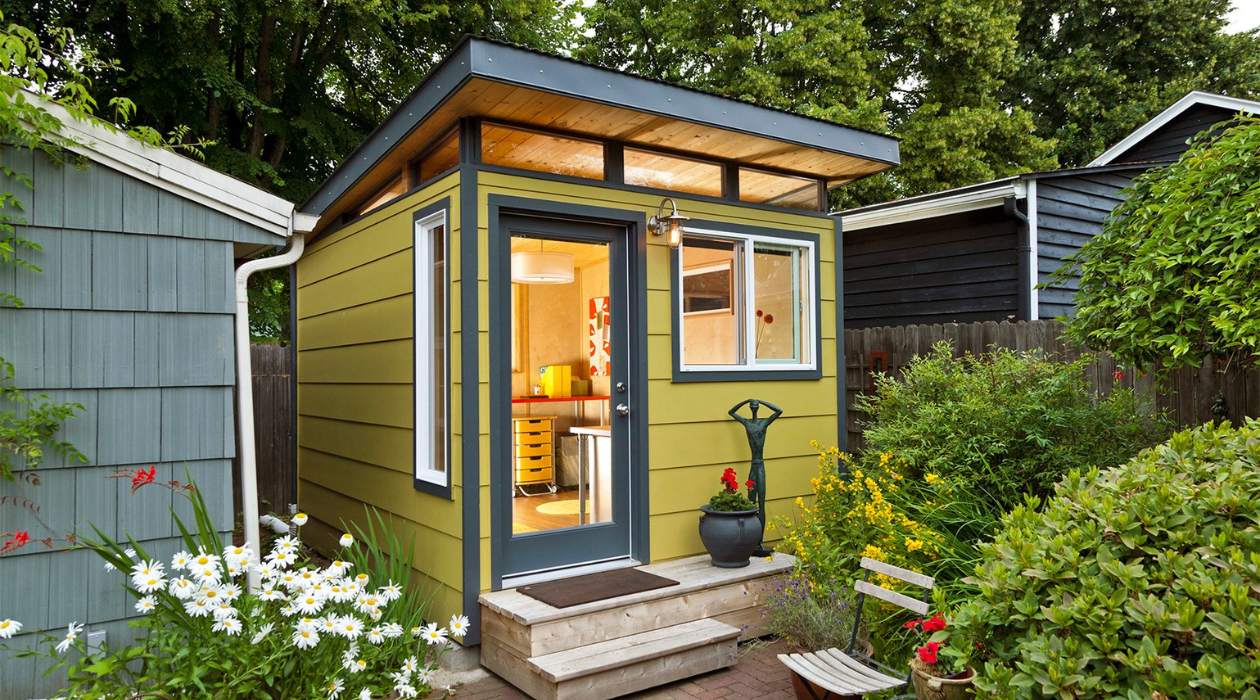
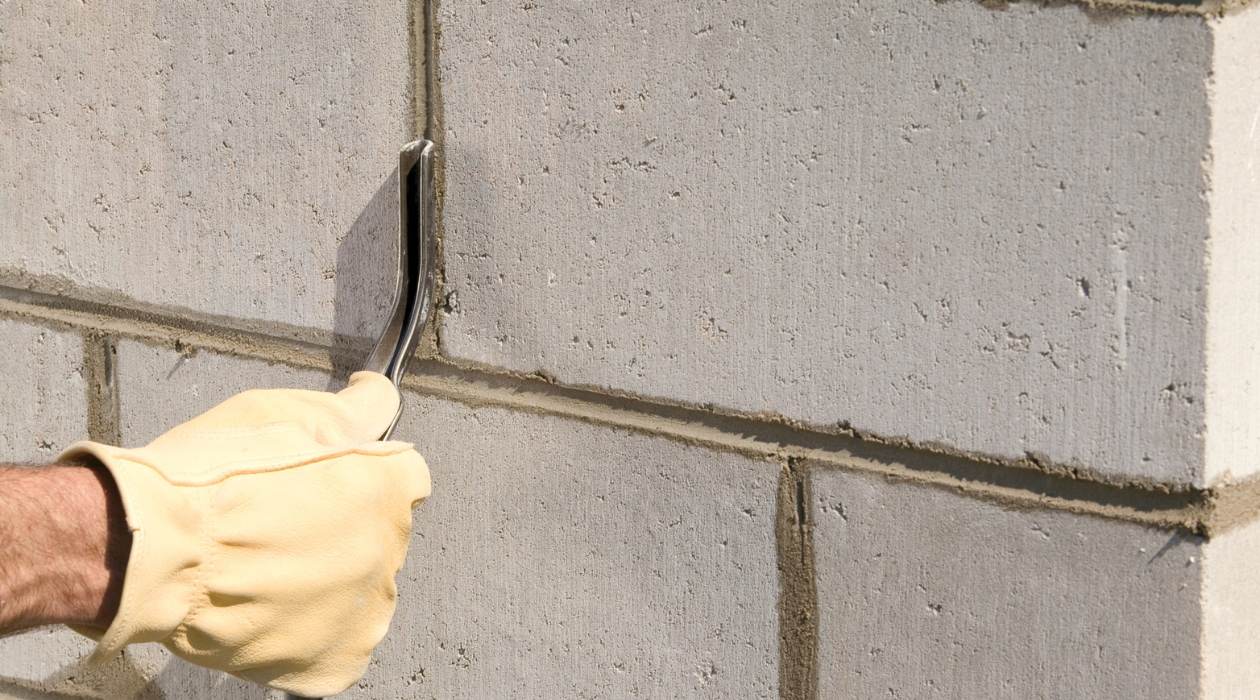
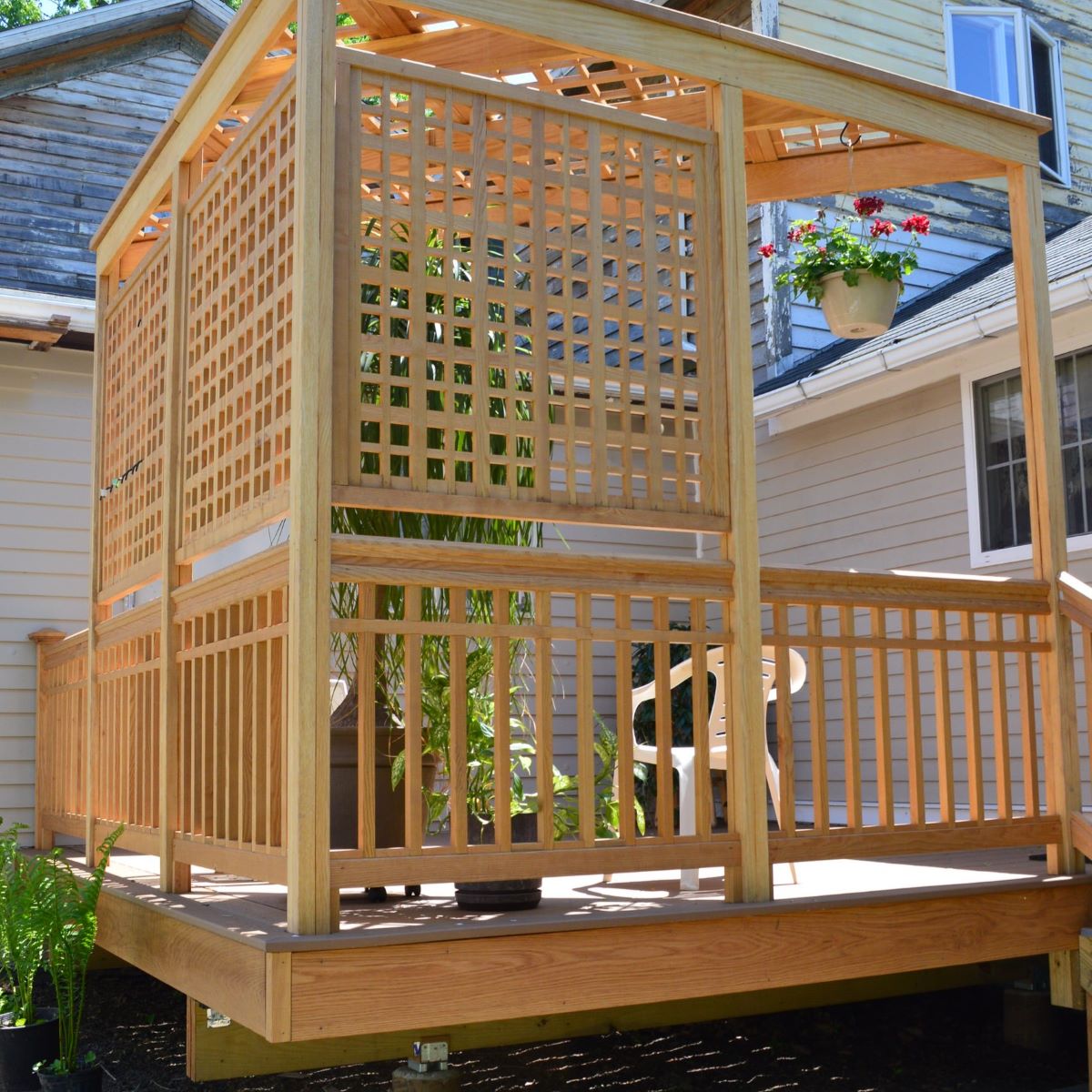
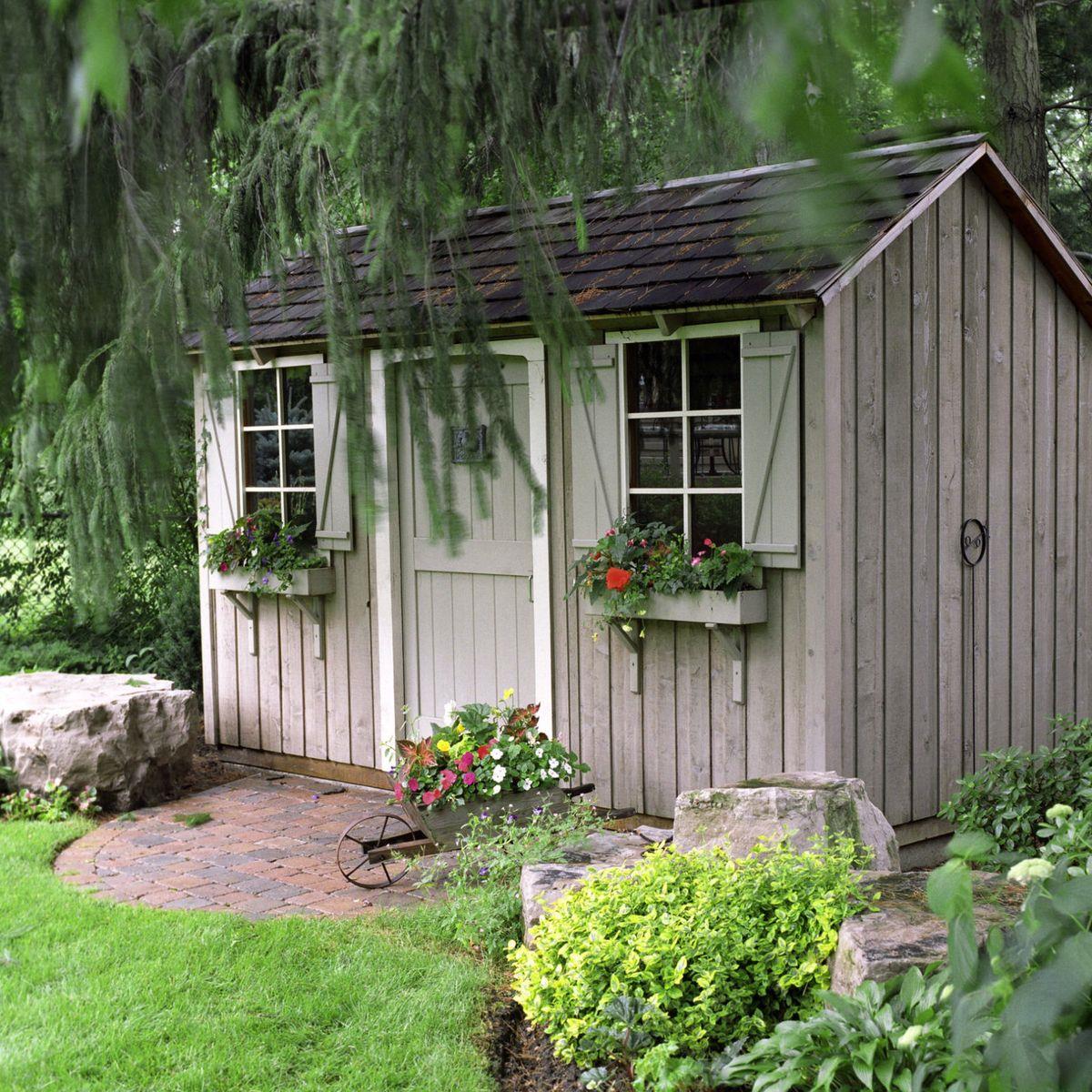
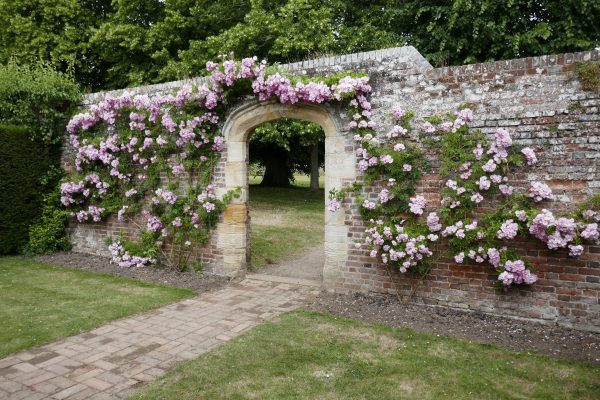
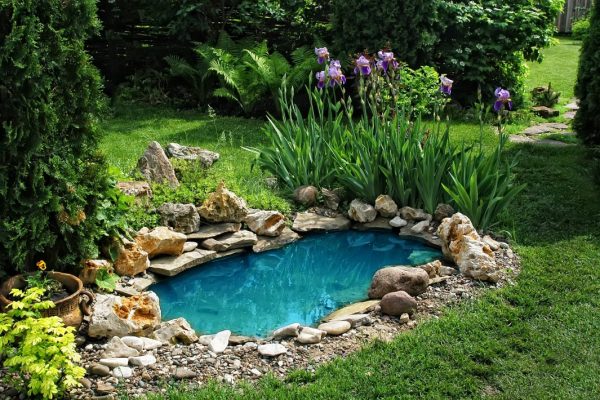
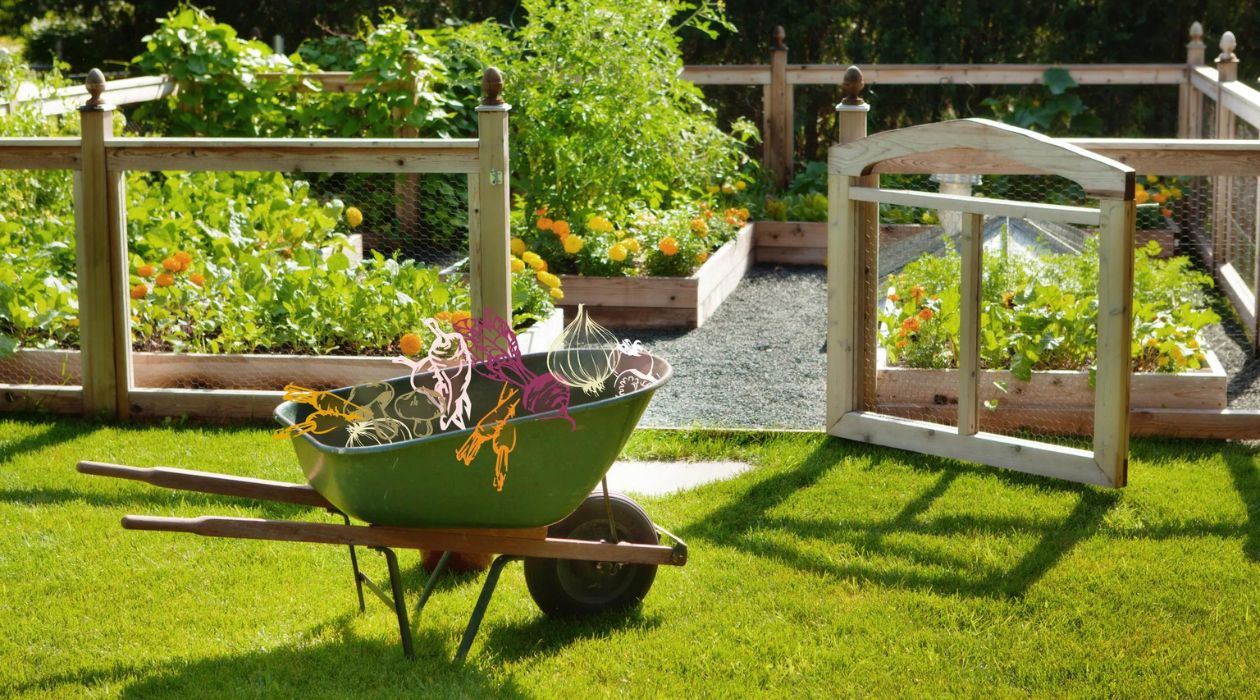
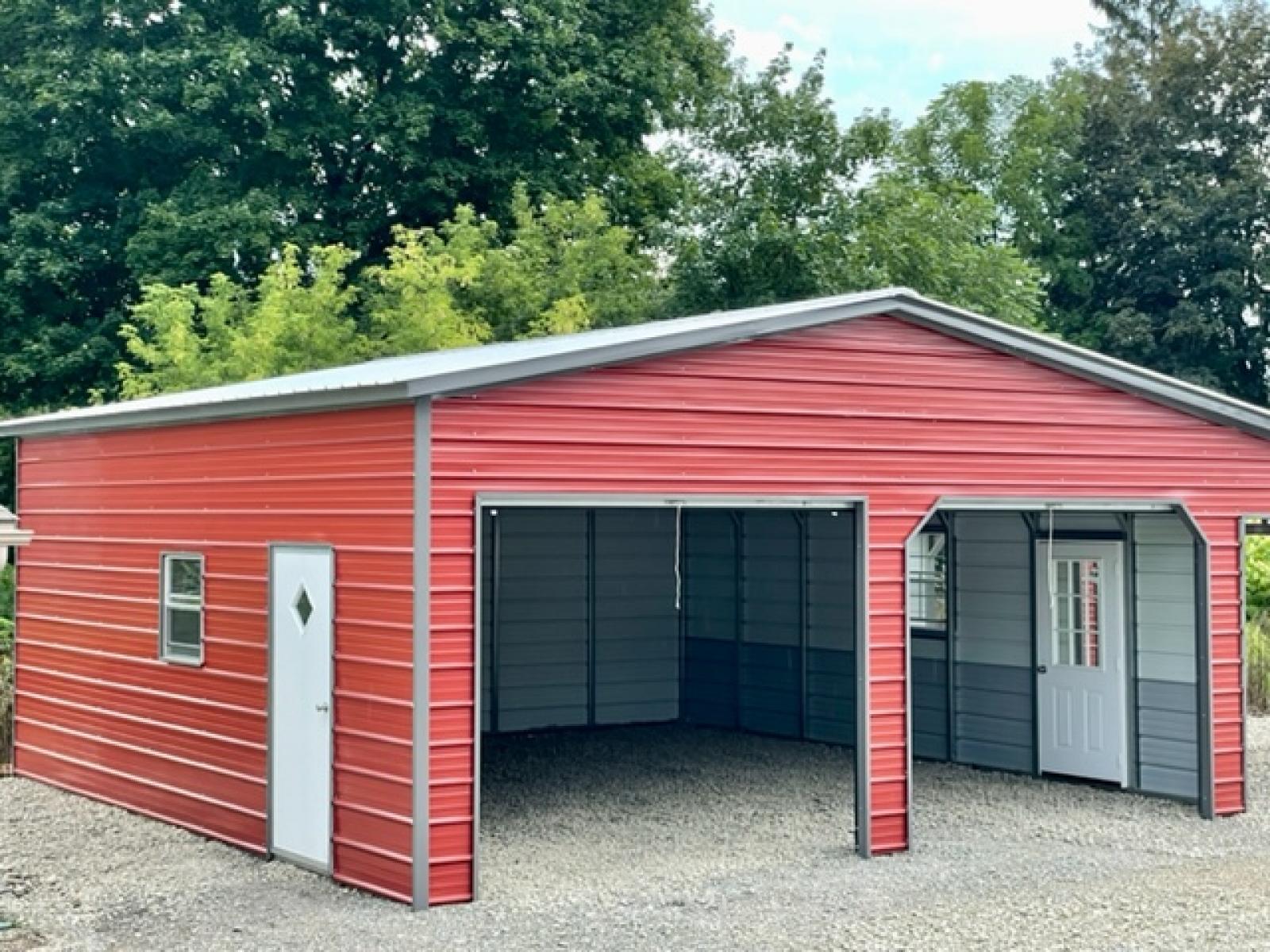
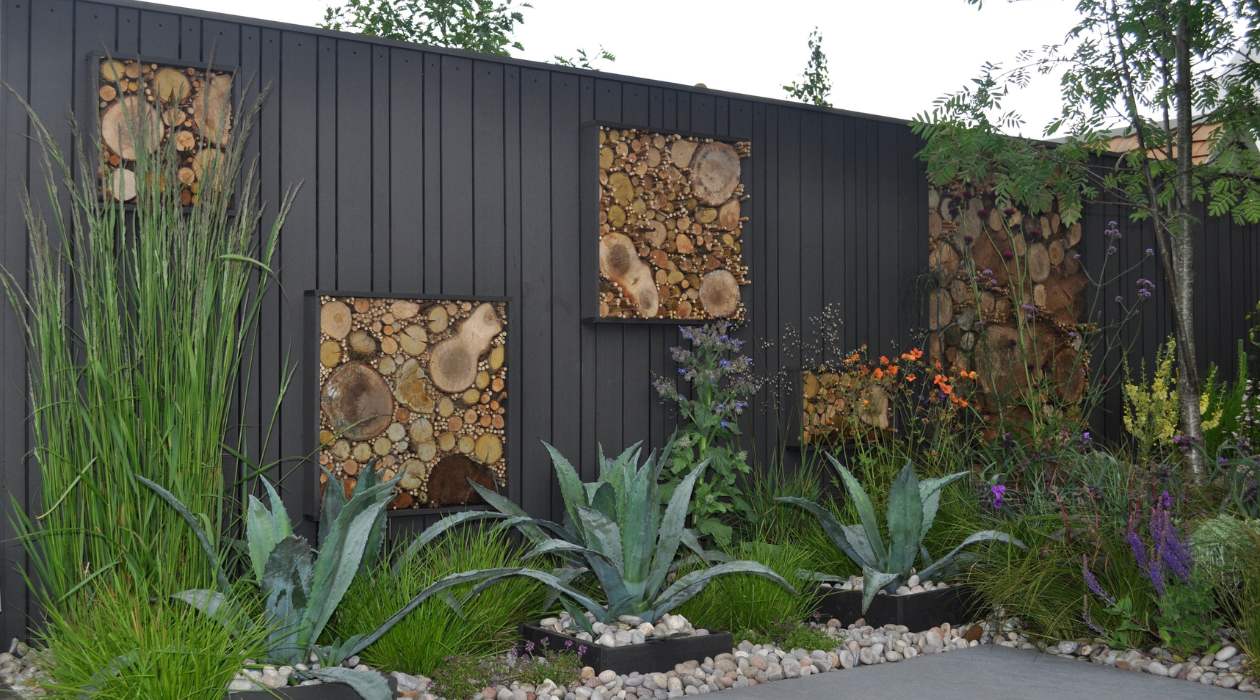
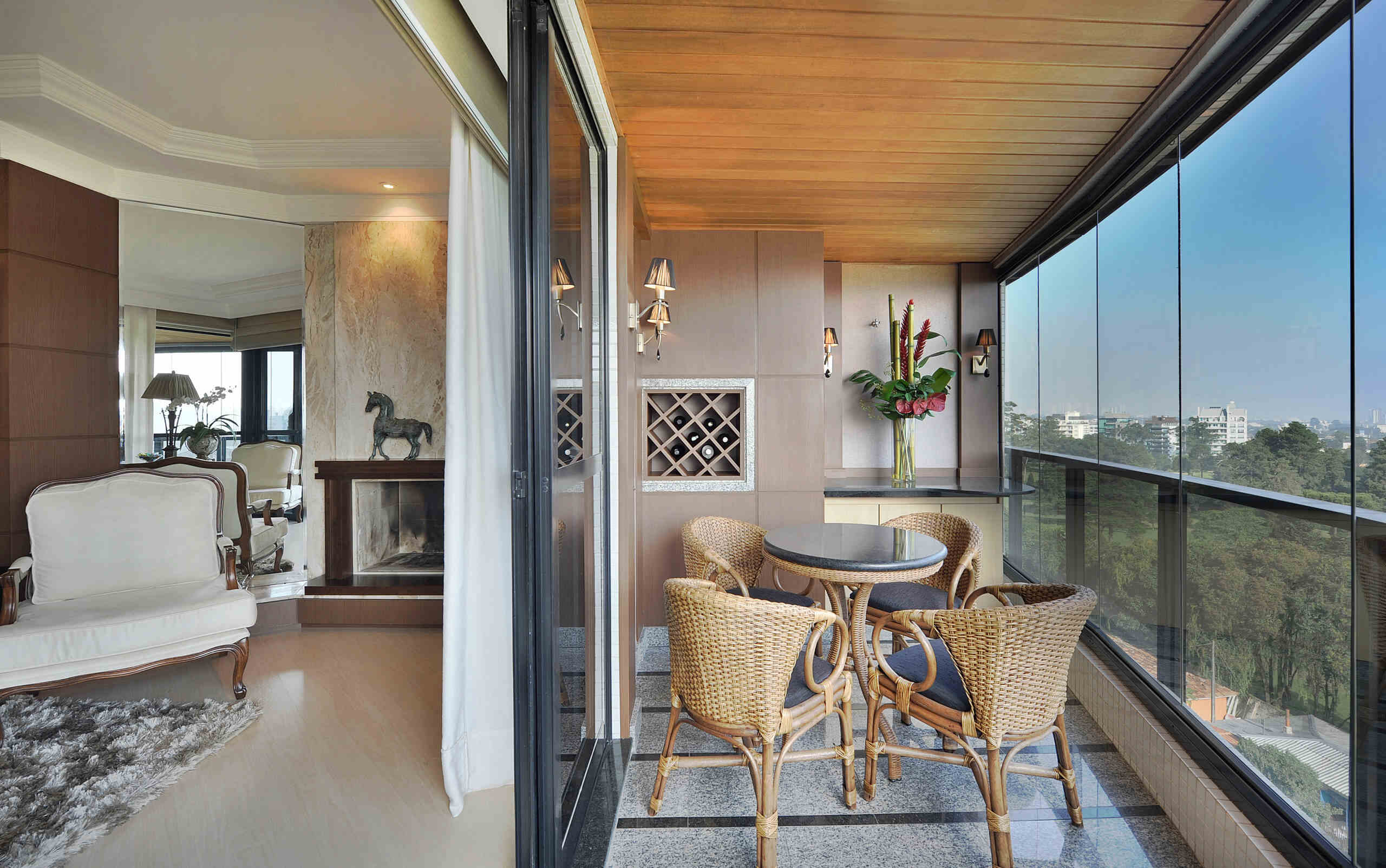
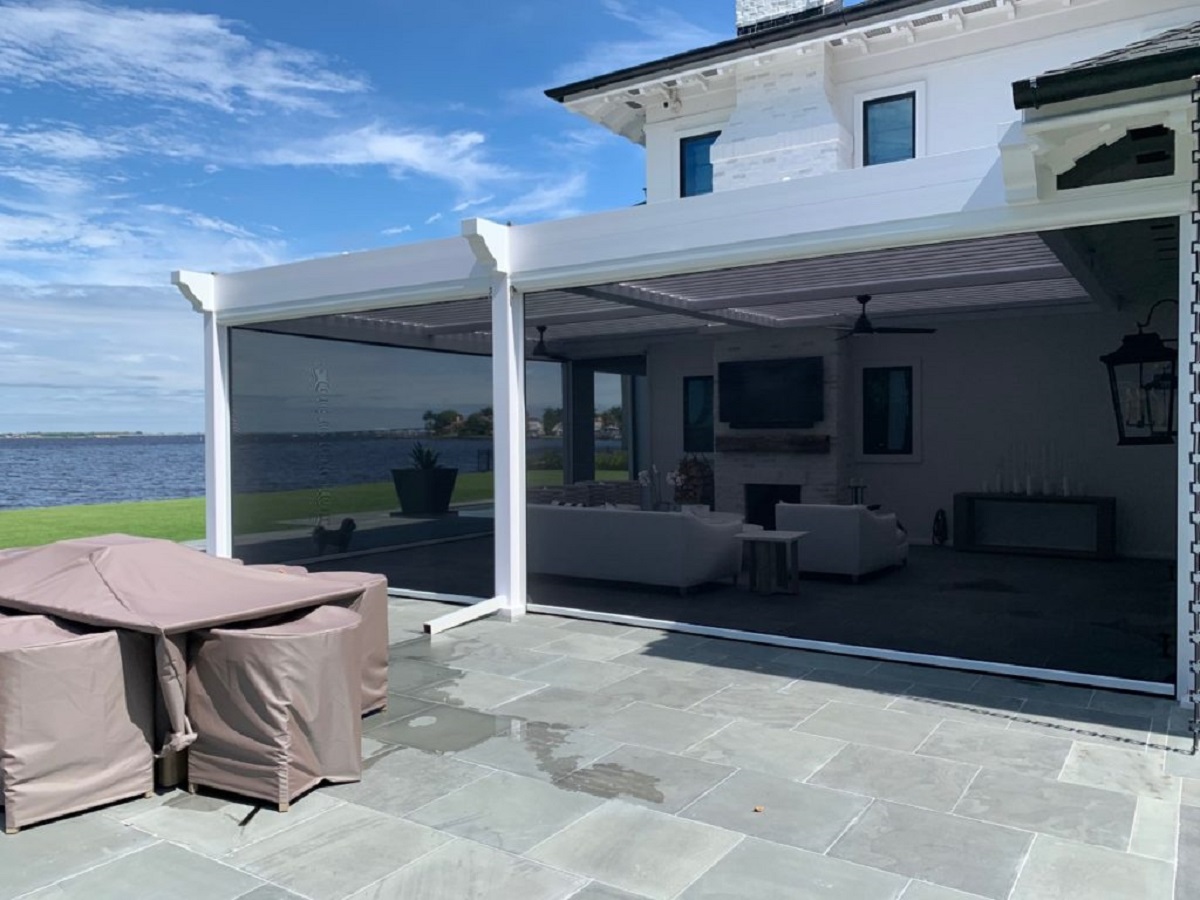
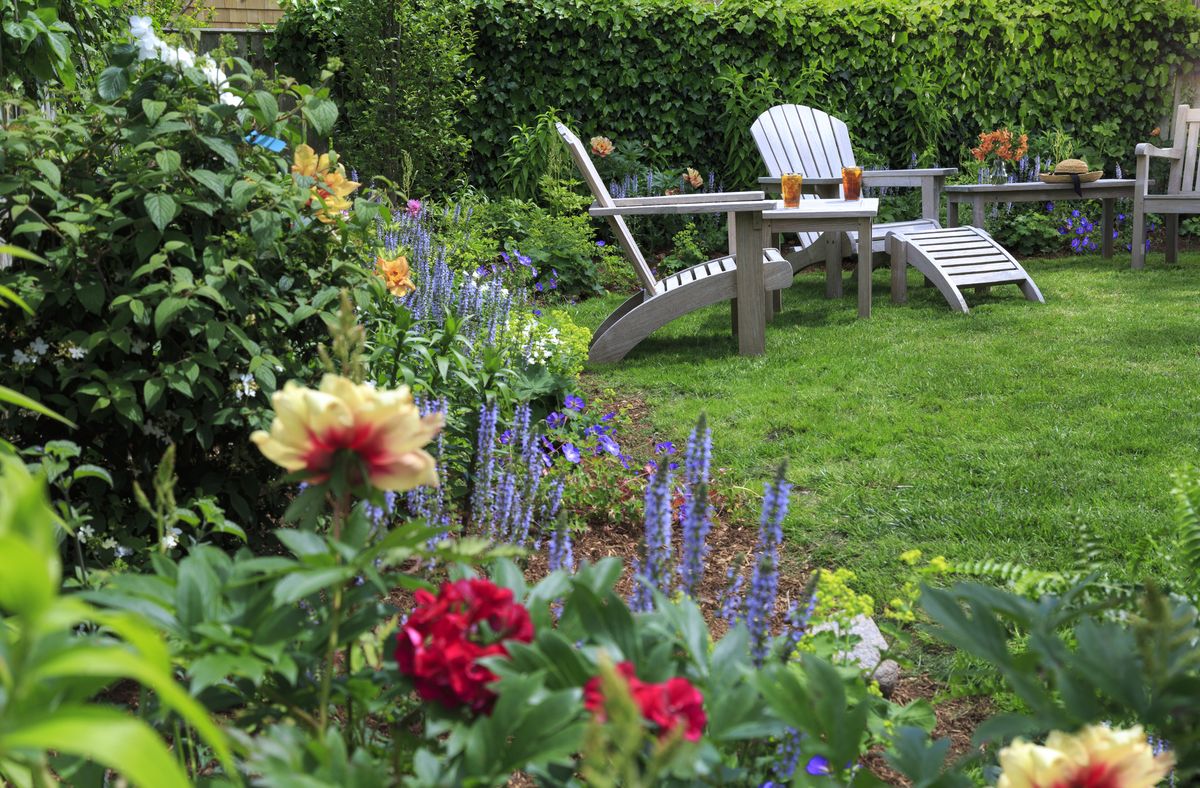

0 thoughts on “Enclosed Garden Structures For A Cozy Backyard Retreat”